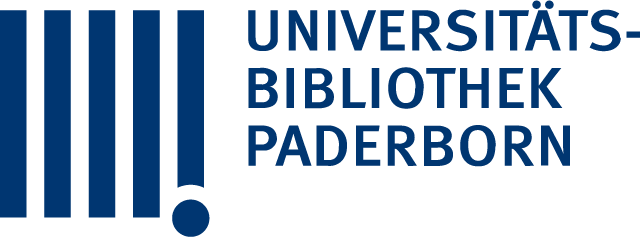Die zentrale Zielsetzung der hier vorliegenden Dissertation ist die numerische Simulation von Hybridumformungsprozessen unter besonderer Berücksichtigung der Phasenumwandlung. Zur Abbildung der spezifischen Vorgänge in diesem Prozess werden zwei Modellierungsstrategien, ein makroskopisch-phänomenologischer und ein mikromechanischer Mehrskalenansatz verfolgt. Das entwickelte thermodynamisch konsistente, phänomenologische Mehrphasenmodell vereint in sich vielfältige Eigenschaften wie zeit- und temperaturabhängige Phasenumwandlung, Austenitisierung, Umwandlungsplastizität, Volumenveränderung, temperatur- und mikrostukturabhängige Elasto- bzw. Viskoplastizität. Die auf der numerischen Implementierung basierende FEM-Simulation des Hybridumformprozesses zeigt eine sehr gute Übereinstimmung mit der Gefügeverteilung in der realen Welle und veranschaulicht die Möglichkeiten der Vorhersagbarkeit der Phasenverteilung durch Variation der Prozessparameter. Ferner wird ein physikalisch motiviertes und thermodynamisch konsistentes Mehrskalenmodell für N-Körner und n-Bainitvarianten entwickelt, welches das elasto-viskoplastische Verhalten mit der Phasenumwandlung in einer polykristallinen Struktur kombiniert. Das implementierte Mehrskalenmodell bildet die Volumenänderung infolge der Phasenumwandlung, die Umwandlungsplastizität, die Rückverformung der umwandlungsplastischen Verzerrung sowie den Magee- und den Greenwood-Johnson-Effekt ab. Diese Phänomene werden für verschiedene Belastungen quantitativ evaluiert.
Titelaufnahme
- TitelMehrphasige phänomenologische sowie mehrskalige mikroskopische Modellierung von Phasenumwandlungen in einem Hybridumformprozess / von Andreas Schneidt, M.Sc. ; Referenten: Prof. Dr.-Ing. habil. Rolf Mahnken, Korreferent: Univ.-Prof. Dipl.-Ing. Dr. mont. Thomas Antretter, Korreferent: Prof. Dr.-Ing. habil. Thomas Böhlke
- Autor
- Beteiligte
- Erschienen
- AusgabeElektronische Ressource
- Umfang1 Online-Ressource (114 Seiten) : Diagramme
- HochschulschriftFakultät für Maschinenbau der Universität Paderborn, Univ., Dissertation, 2016
- AnmerkungTag der Verteidigung: 25.05.2016
- Verteidigung2016-05-25
- SpracheDeutsch
- DokumenttypDissertation
- URN
- Social MediaShare
- Nachweis
- IIIF
The main objective of this thesis is the numerical simulation of hybrid-forming processes in steel production with particular focus on phase transformation. In order to display the specific processes two methods of material modeling, a macroscopic-phenomenological and micromechanical multiscale approach are formulated. The thermodynamically consistent phenomenological multiphase model combines a variety of features such as time- and temperature-dependent phase transformation, austenitisation, transformation plasticity, volume change, temperature- and microstucture-dependent elastoplasticity and viscoplasticity. The FEM simulation of the hybrid-forming process is based on numerical implementation and exhibits good agreement with the structure distribution in the real shaft. Furthermore, it illustrates the possibilities for prediction of the phase distribution by varying the process parameters. A physically motivated, thermodynamic-consistent multiscale model for N-grains and n-bainite variants is developed in the second step, which combines the elasto-viscoplastic behavior with a phase transformation in a polycrystalline structure. This model is capable of capturing both TRIP effects, the contribution due to load-based orientation of bainite-variants (”Magee effect”) and plastic accommodation of the new phase (”Greenwood-Johnson effect”). Finally, these phenomena are evaluated quantitatively for different loads.
- Das PDF-Dokument wurde 39 mal heruntergeladen.

